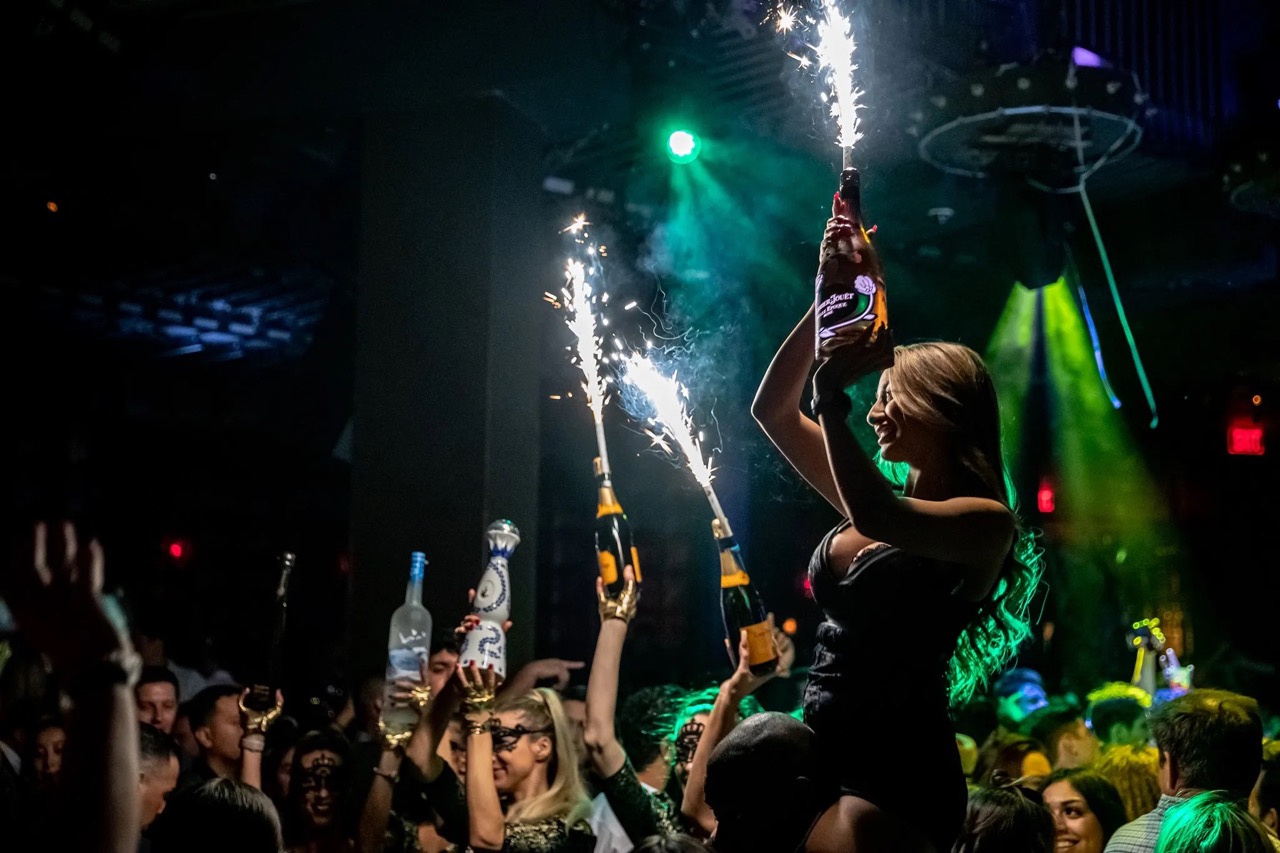

Is NYC Nightlife Dead?
Is NYC Nightlife Dead?
There was a time when nightlife in New York City wasn’t just good—it was mythical. A living, breathing subculture that pulsed through the streets from Meatpacking to Midtown to the Lower East Side. It was wild, unpredictable, and full of real energy. People didn’t come out to pose or post—they came out to dance. To lose themselves. To discover something unexpected.
In the late '90s and early 2000s, clubs like Sound Factory, The Tunnel, and Centro-Fly drew massive crowds who came for the DJs, the music, and the movement. It wasn’t about the price of a bottle or how many followers you had. The dance floor was the only status that mattered.
Then the bottle service era hit—and reshaped everything.
Spots like Lotus and Tenjune led the charge, introducing velvet ropes, VIP tables, and minimum spends into New York's nightlife lexicon. And while it changed the landscape, it didn’t kill the magic—not yet. Instead, it ushered in a glittering golden age. By the late 2000s and early 2010s, clubs like 1OAK, Avenue, Le Bain, and Provocateur were at their peak. A-listers, fashion week afterparties, secret performances—NYC nightlife became an industry and an art form. The city was electric.
But then came 2020.
When COVID hit, nightlife didn’t just pause—it flatlined. Clubs closed. Promoters vanished. Entire scenes collapsed overnight. And when the lights finally flickered back on, something felt different.
The crowds came back, but the vibe didn’t. The energy that once defined a night out in New York—the spontaneity, the excitement, the realness—was hard to find. Clubs reopened, but many never recovered. Some were gone for good. Others reopened as ghosts of themselves.
Today, just 7 or 8 years later, Manhattan has half the number of clubs it once did. And those that remain? Often half as full. The average night feels muted, transactional. People aren’t spending the way they used to. They’re more distracted, more skeptical, less present.
And the music? That’s changed too. More aggressive, more hyper, more... hollow. A lot of today’s playlists lean into darker, more misogynistic, sometimes even demonic undertones. The lightness, the joy, the escapism—has been replaced by something heavier. Nights don’t lift you like they used to. Now they often drain you.
So we have to ask:
Is NYC nightlife dead?
Not dead, maybe. But definitely wounded.
And while the culture has shifted, so has the focus. These days, it’s not about how great the party is—it’s about who you bring with you. The group makes the night. If you’re with the right energy, even a half-empty room can turn iconic. If you’re not, the best club in the city can feel flat. That shift isn’t all bad. It’s reminded people to value connection over spectacle.
Still, there are glimmers of hope.
New venues like Amber Room have emerged, blending high-glam and high-energy in a way that feels exciting again. Loosie’s has built an underground following by keeping things raw and real. The Blond still draws a polished downtown crowd, and TAO continues to anchor the big-room vibe with cinematic style. These aren’t just clubs—they’re signals that the scene isn’t finished evolving.
And it’s not just about where you go—but who you know when you get there.
At ModelsAndBottlesNYC.com, we live this world nightly. We curate experiences that feel vibrant, fun, and authentic—whether you’re looking to dance until 4AM at Amber Room on a Friday or gather your crew for a wild Wednesday at TAO. We run the nights that matter:
-
Wednesdays at TAO
-
Thursdays at Loosie’s
-
Fridays at Amber Room
-
Saturdays at The Blond
If you want the real NYC nightlife experience—not the watered-down version—you need the right crew, the right room, and the right entry.
So… is NYC nightlife dead?
No. But it’s on life support.
And maybe, just maybe, with the right people and the right energy, we can bring it back to life.